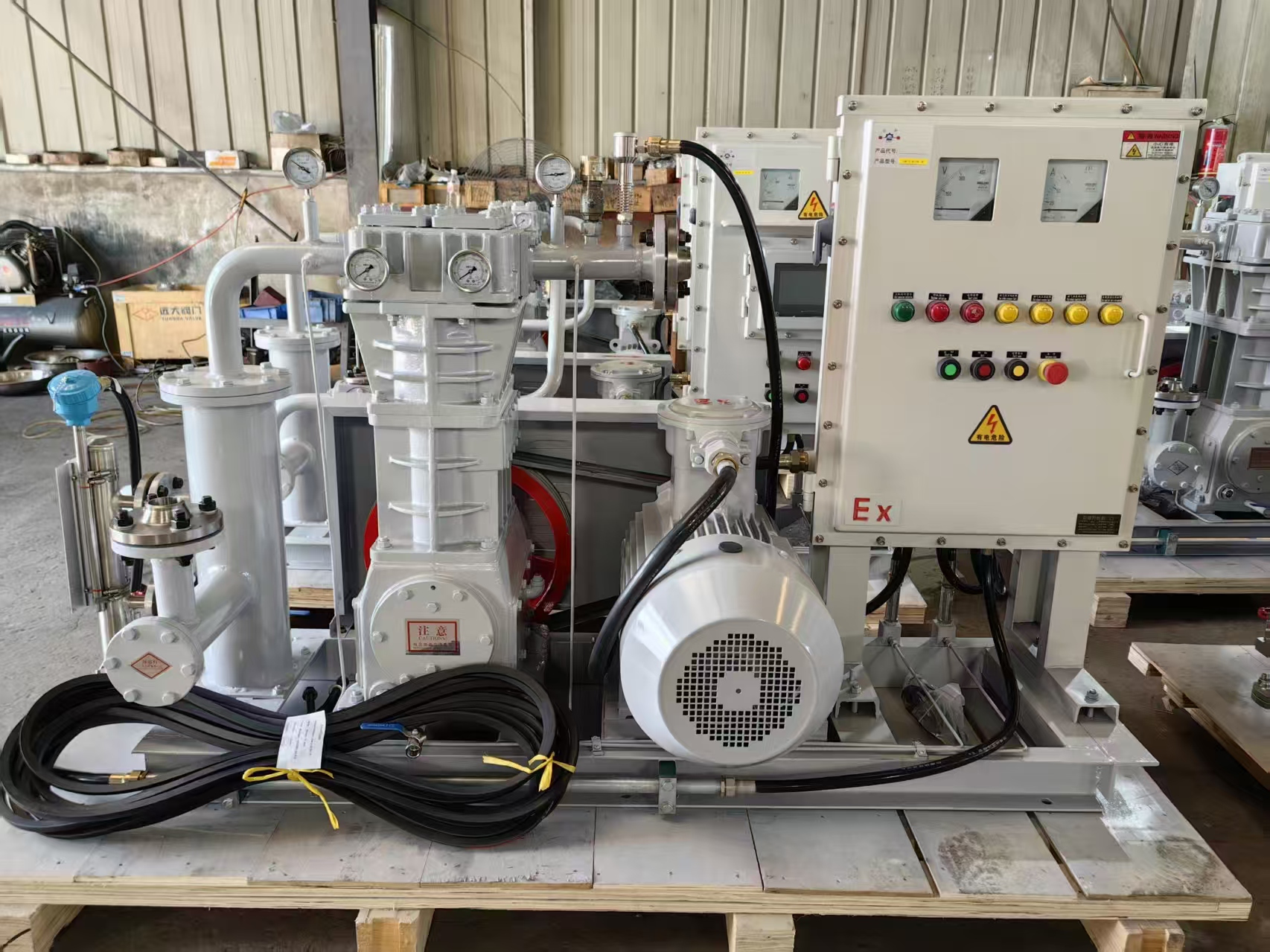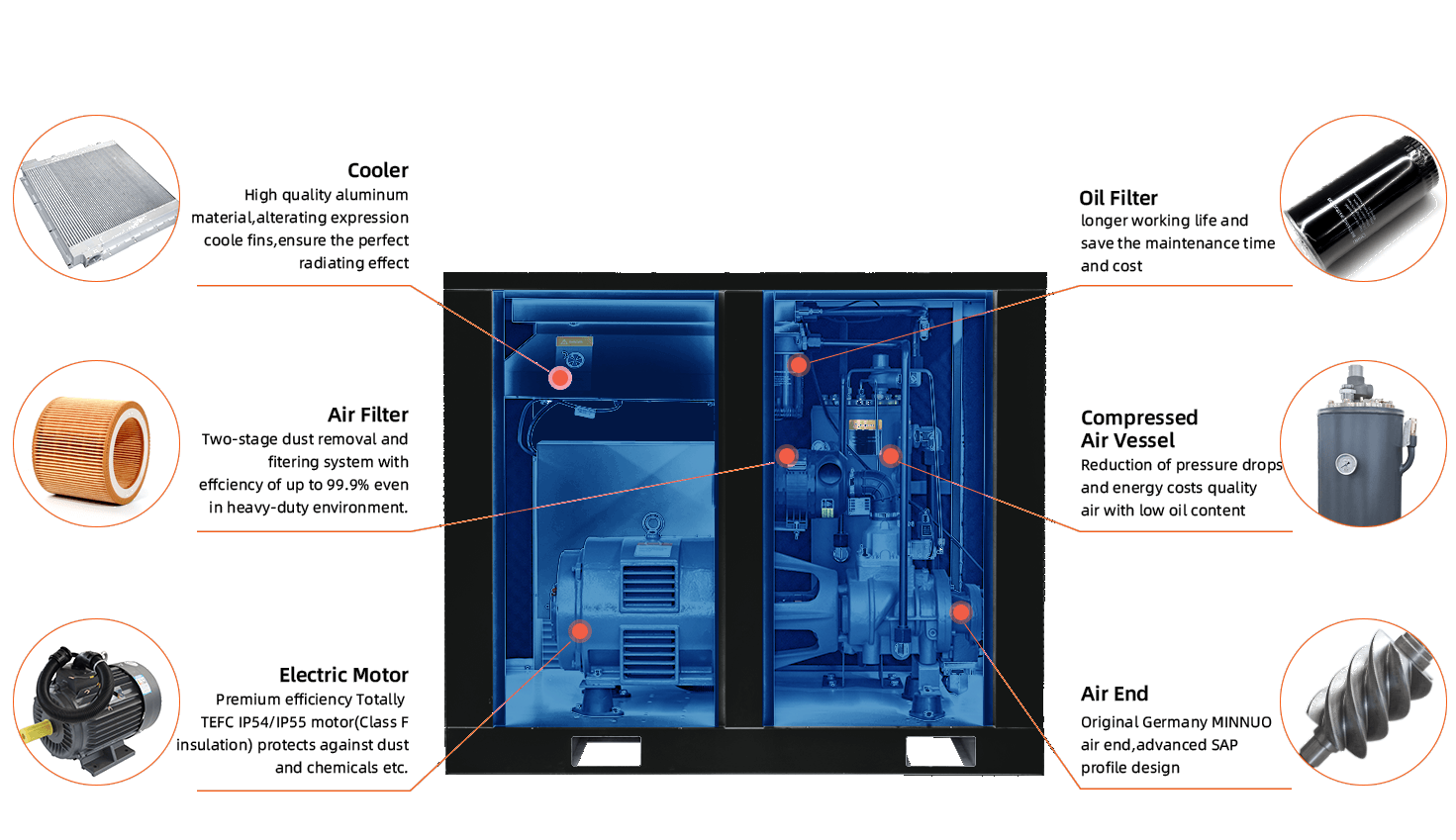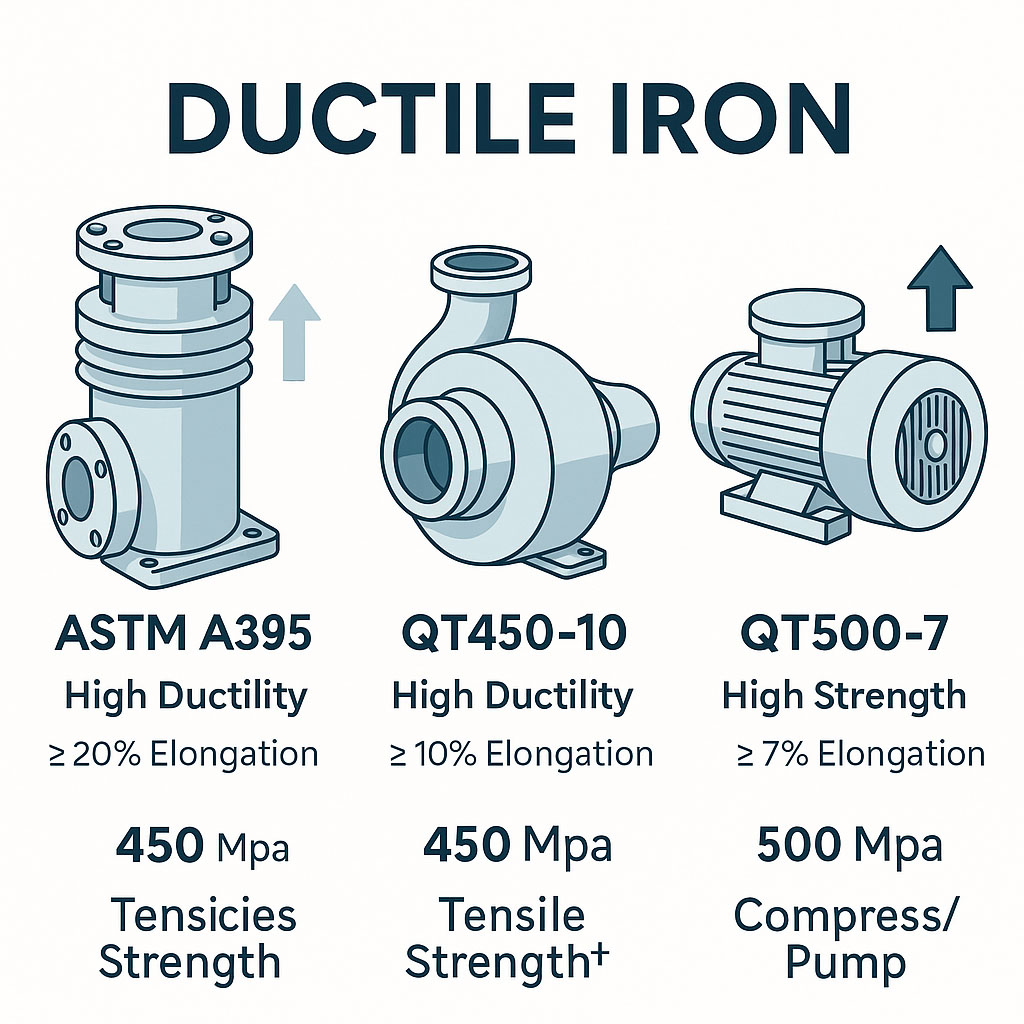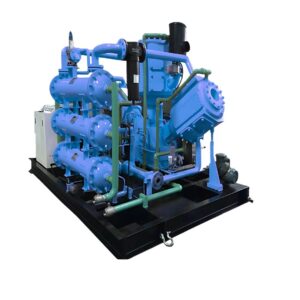炭素回収圧縮には、高圧でアグレッシブなCO₂ストリームを処理するように設計されたAPI 618準拠のレシプロコンプレッサが必要です。適切な設計は、脈動を最小限に抑え、信頼性を確保し、厳しい運用上の期待に応えます。以下はその例です。 デザインの5つのポイント 炭素回収システムの性能と稼働時間を最大化する。
1.高圧力と正確なローディングのために設計
炭素回収コンプレッサーは、最大2,200 psig(≒150 bar)以上の吐出圧力を必要とすることが多い。 . API 618ユニットは、これらの極端な負荷の下で信頼性の高い圧縮を提供する必要があります。ピストン、ロッド、ウェアバンド、およびクランクシャフトを、CO₂ の化学的性質と繰り返し応力に合わせた材料(鍛造鋼、タングステンカーバイドコーティングなど)と公差で設計する。 .
2.ロバスト脈動・振動制御
CO₂の流体特性は、排出配管に強い脈動を誘発する可能性がある。API 618規格は、脈動力をシミュレートし、機械的周波数分離を確実にするために、TAPSのようなツールを使用して、設計アプローチ2または3による音響-機械設計解析を要求しています。 配管サポート、脈動ボトル、アンカーが、共振疲労やシステムの損傷を防ぐように設計されていることを確認する。
3.漏出と環境排出の最小化
CO₂システムは、規制と気候への懸念から、排出を最小限に抑えなければならない。コンプレッサーは、パージパッキンケース、パージガス機能、およびCO₂を大気に直接排出することなくシールからの漏れをなくすためのベント収集システムを組み込むべきである。 . API 618包装は、漏洩防止と安全性適合のため、これらの構成に対応している。
4.長いメンテナンス間隔と機械的完全性のための設計
API 618準拠のプロセスコンプレッサーは、保守的なピストン速度と堅牢な機械設計により、主要なオーバーホール間隔が最長3年という、長いストローク寿命を目標に設計されています。 . 熱膨張に対応し、繰り返し荷重下でもシールの完全性を維持するためにディスタンスピースを追加
5.システム全体の設計についてはASMEおよびAPI規格に従うこと。
API 618およびASME B31.3/B31.8配管規格により、コンプレッサの設置は、信頼性の高い運転のために、適切な機械的拘束、配管応力解析、音響検証を統合する必要があります。 . 振動による故障モードを避けるため、常に現行のAPI 618/688音響規格に照らして、改造や改修の妥当性を確認する。
なぜこれらのヒントが重要なのか?
| チップ | ベネフィット |
|---|---|
| 高圧エンジニアリング部品 | 目標圧力での信頼性の高いCO₂注入 |
| 脈動制御 | 疲労故障を防ぎ、ダウンタイムを短縮 |
| 雨漏りの軽減 | 規制遵守と環境安全 |
| ロングメンテナンス設計 | ライフサイクルコストの低減、シャットダウンの低減 |
| 標準準拠のエンジニアリング | フィールドの信頼性とコード保証 |
KEEP-WINの炭素回収コンプレッサー・ソリューション
の専門家として信頼されている。 プロセスガス圧縮機 エンジニアリングにより、KEEP-WINはAPI 618に完全に準拠した CO₂コンプレッサー 炭素回収用パッケージ当社のシステムには、高精度のピストンやロッド、カスタマイズされた脈動ダンパー、パージシステム、設計された配管統合などが含まれます。
当社の製品をご覧ください:
-
API 618ピストンコンプレッサースキッド - 高圧CO₂ と長期信頼性のために構築された
-
プロセスガスコンプレッサーソリューション - 炭素回収、水素、要求の厳しいプロセスガスサービス向けに設計
炭素回収システムのAPI 618コンプレッサは、圧力、脈動制御、リーク緩和、および長寿命のために設計された品質以上の機械でなければなりません。これらの5つの設計のヒントに従うことで、最小限のリスクでクリーンで安全な運転を実現するCO₂コンプレッサを配備することができます。KEEP-WINのターンキー 高圧ピストンユニット 炭素回収のニーズに最適化されたソリューション
👉 カスタムコンプレッサパッケージのエンジニアリングの準備はできていますか?専門家のガイダンスとシステム仕様についてはKEEP-WINまでお問い合わせください。











